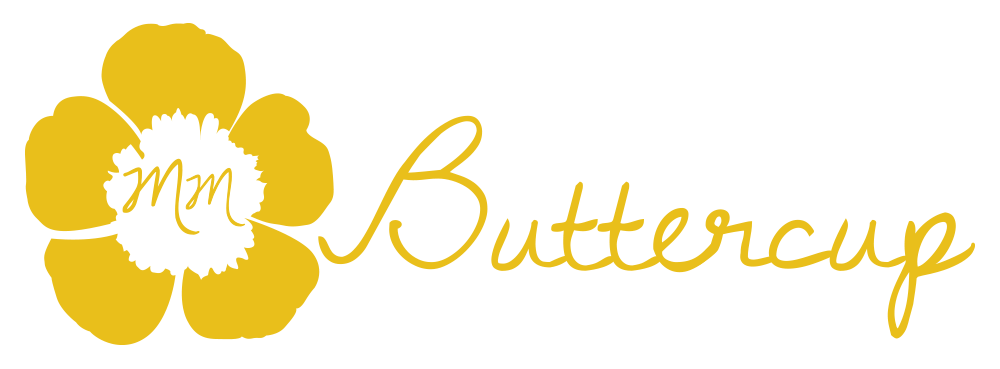We can shape norms by creating an adaptive culture. Shared leadership can transform and promote advances in our practices (Fitzsimmons, 2016). Explicit or implicit norms exist in early childhood education settings.
Take curriculum for example. An explicit norm may exist where early childhood professionals may be required to follow a specific curriculum that was chosen by someone else. An implicit norm may exist where early childhood professionals are freely using their resources, activities, and materials to enhance the curriculum as they meet external guidelines and standards.
The curriculum example is a form of normalizing risk-taking as early childhood professionals adapt to shaping professional norms. Medvic (2017) states that we want organizations that encourage, “innovation and empowers its people to make decisions.” How we support people to take risks is by creating a culture that fosters exploration and experimentation (Derler, 2017; Gibbs & Irons, 2011). Transformation starts now! Now get out there and go be amazing!
Transformational Practices

